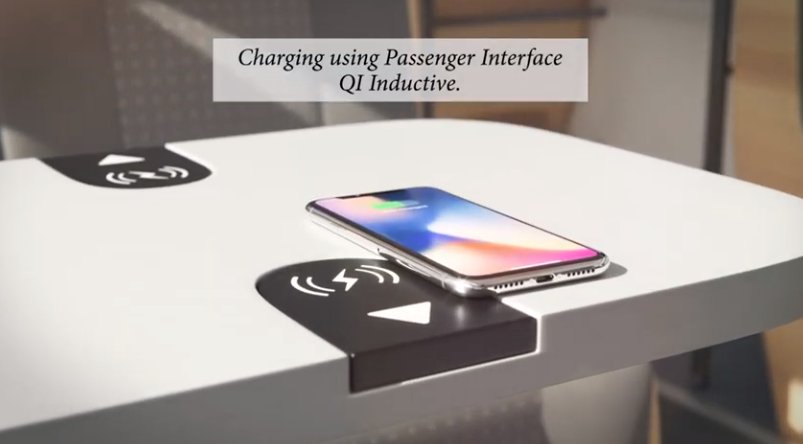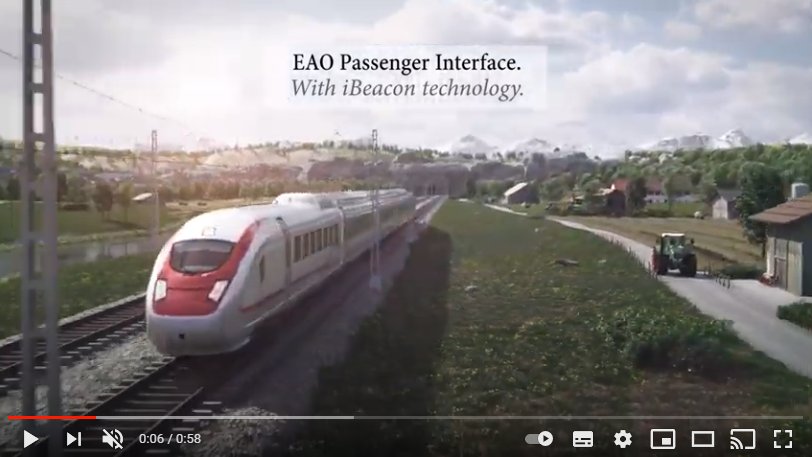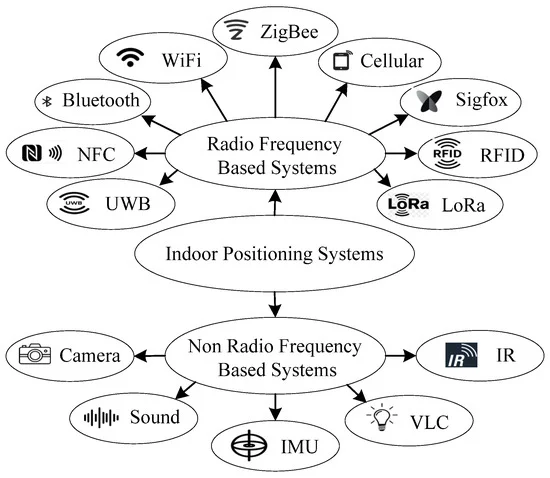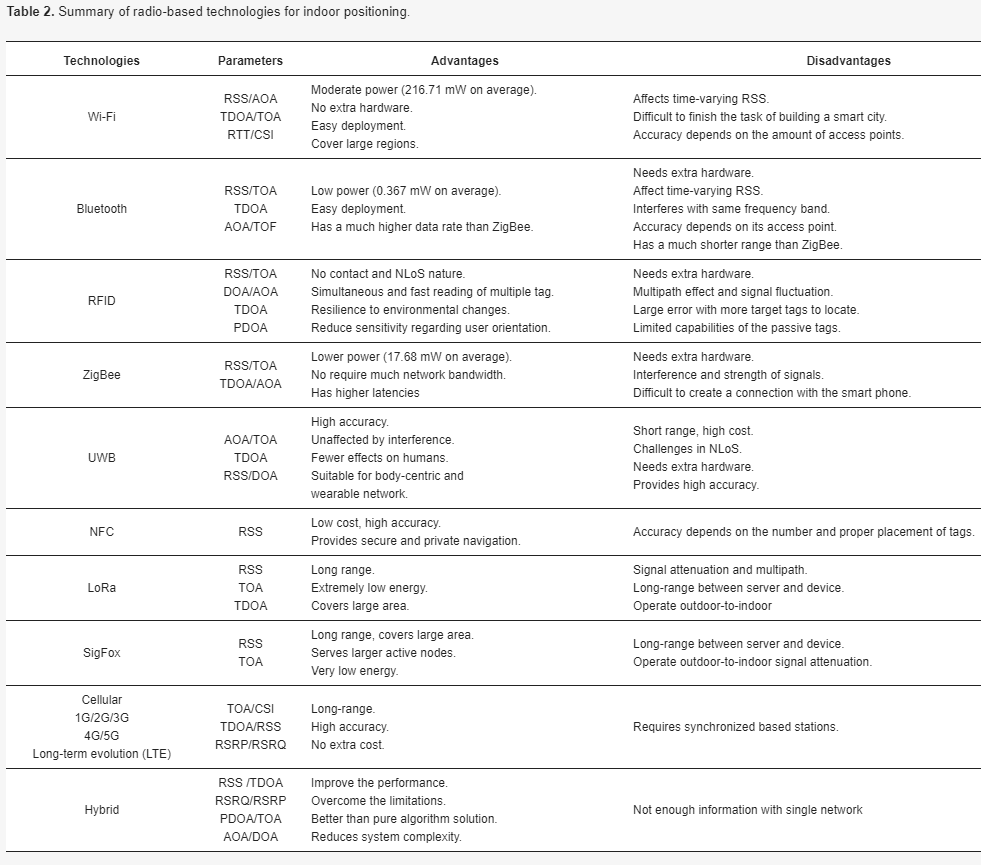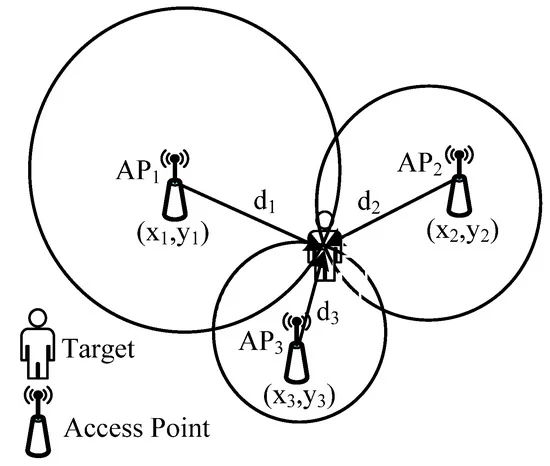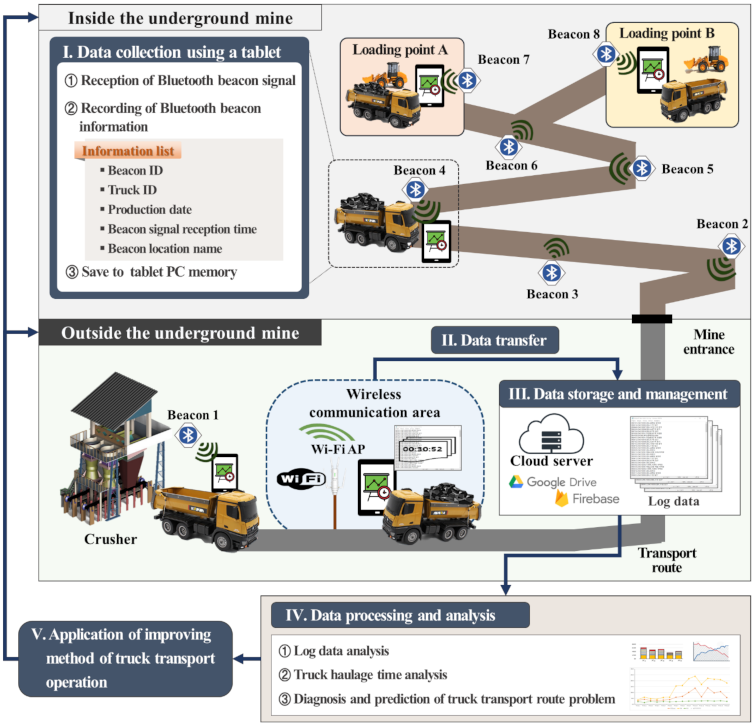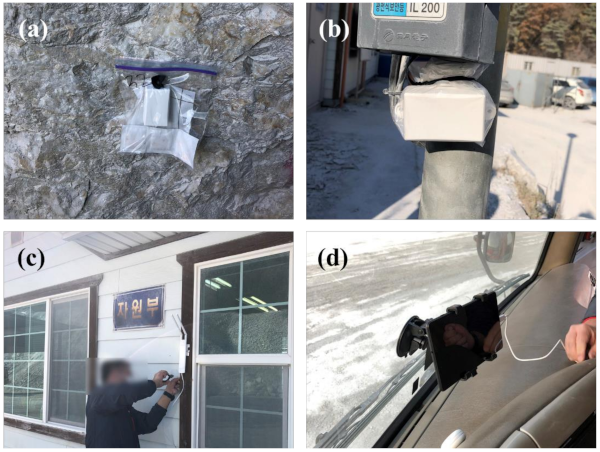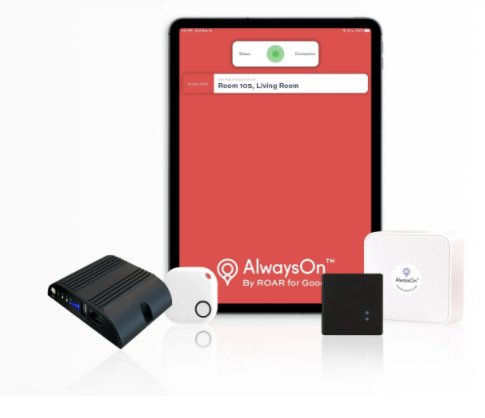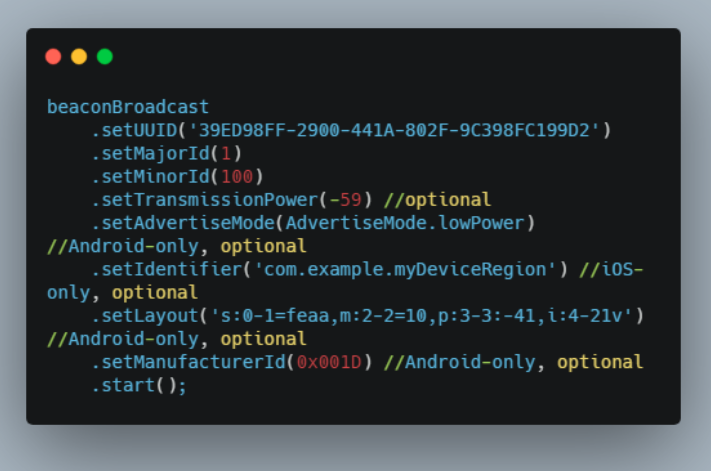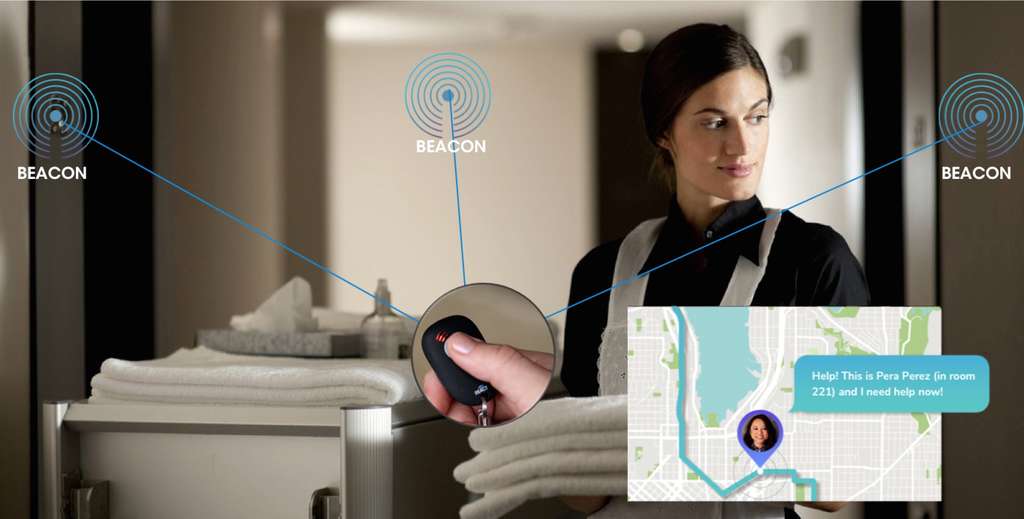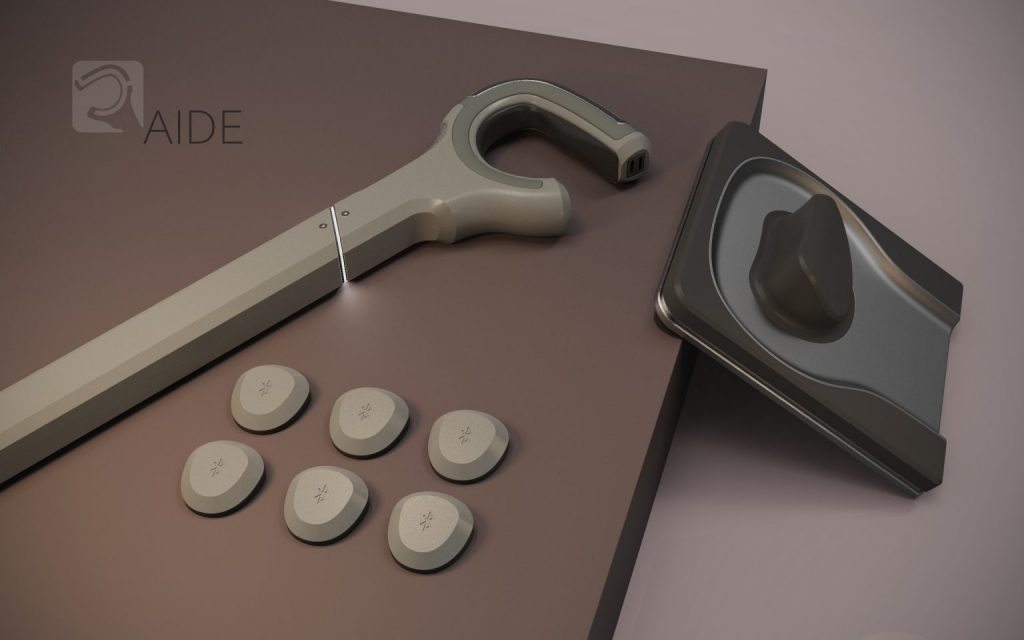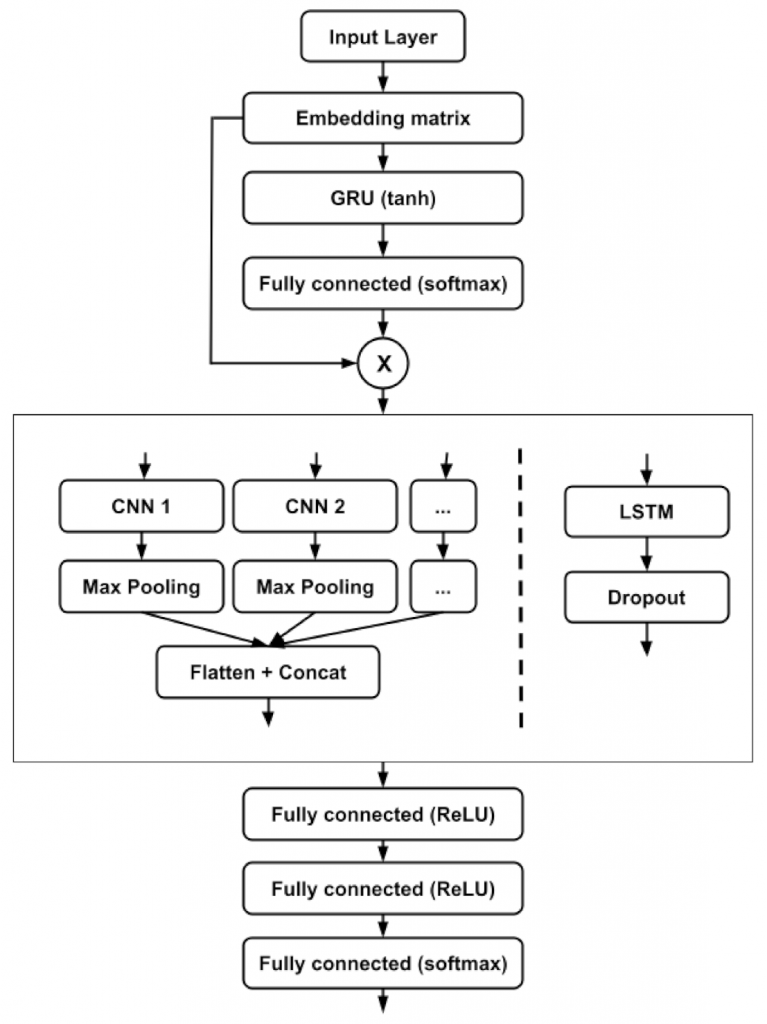There’s a recent paper by researchers at DeustoTech Institute of Technology, Bilbao, Spain and Department of Engineering for Innovation, University of Salento, Lecce, Italy on Behavior Modeling for a Beacon-Based Indoor Location System.
The research compares two different approaches to track a person indoors using Bluetooth LE technology with a smartphone and a smartwatch used as monitoring devices.
The beacons were iB005N supplied by us and it’s the first time we have been referenced in a research paper.
The research is novel in that it uses AI machine learning to attempt location prediction.
The researchers were able to predict the user’s next location with 67% accuracy.
Location prediction has some interesting and useful applications. For example, you might stop a vulnerable person going outside a defined area or in an industrial setting stop a worker going into a dangerous area.
